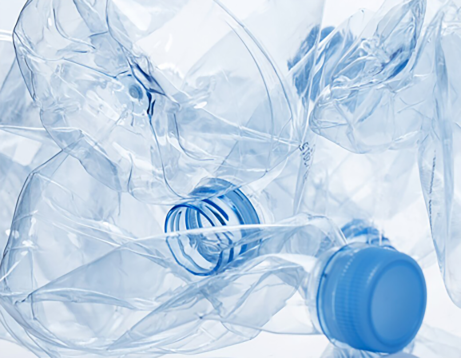The Pharma API Production Process An Overview
The pharmaceutical industry is a highly regulated sector that plays a crucial role in improving global health through the development of effective medications. At the heart of this industry lies Active Pharmaceutical Ingredients (APIs), the biologically active components that offer therapeutic benefits. The production of APIs is a complex and multifaceted process that combines chemistry, engineering, and stringent regulatory compliance. This article provides a comprehensive overview of the pharma API production process.
Understanding Active Pharmaceutical Ingredients (APIs)
APIs are the critical substances in pharmaceutical drugs that produce the intended therapeutic effects. They can be derived from natural sources, such as plants and animals, or synthesized through chemical processes. The production of APIs is a vital step in the drug manufacturing process, as the quality and purity of these ingredients directly affect the efficacy and safety of the final product.
Stages of API Production
The production of APIs involves several key stages, each requiring meticulous planning, execution, and quality control
1. Research and Development (R&D) The process begins with R&D, where scientists identify potential compounds and conduct experiments to determine their efficacy, stability, and safety. This stage often involves a significant amount of screening and optimization to discover the most promising candidates for further development.
2. Process Development Once a suitable compound is identified, the next step is process development. This involves designing a scalable and reproducible manufacturing process that maintains the integrity and quality of the API. Techniques such as flow chemistry, batch processing, and continuous manufacturing may be utilized, depending on the specific characteristics of the API.
3. Synthesis The synthesis stage is where the actual production occurs. This can be achieved through various methods, including solid-phase synthesis, solution-phase synthesis, or biocatalytic methods. During this phase, strict adherence to protocols is essential, as even minor deviations can lead to impurities that compromise the API’s quality.
pharma api production process

4. Purification After synthesis, the crude API must be purified to remove any undesired byproducts, unreacted starting materials, and solvents. Techniques such as crystallization, chromatography, and distillation are commonly employed to achieve the desired purity levels. This stage is critical, as regulatory bodies often set stringent limits on impurity levels in APIs.
5. Characterization The purified API undergoes characterization to confirm its identity, purity, and potency. This process utilizes advanced analytical techniques such as High-Performance Liquid Chromatography (HPLC), Nuclear Magnetic Resonance (NMR), and Mass Spectrometry (MS). These techniques help in ensuring that the API meets regulatory standards and is suitable for use in pharmaceuticals.
6. Quality Control (QC) and Quality Assurance (QA) Quality control plays a pivotal role throughout the API production process. Regular testing and inspections are conducted to ensure compliance with Good Manufacturing Practices (GMP) and other regulatory requirements. QA encompasses a broader scope, focusing on the entire system of production, from raw materials to finished products, to guarantee that the APIs produced are of the highest quality.
7. Scale-Up and Commercial Production Once the API has been successfully developed and characterized, it is scaled up for commercial production. This involves transitioning from laboratory-scale processes to large-scale manufacturing. At this stage, additional considerations such as cost-effectiveness, supply chain management, and logistics come into play.
Regulatory Considerations
Throughout the API production process, compliance with stringent regulatory standards set by organizations such as the Food and Drug Administration (FDA), European Medicines Agency (EMA), and others is paramount. These regulations ensure that APIs are produced within a controlled environment and that their quality is consistent and reliable. Manufacturers must also prepare detailed documentation, including Master Production Records (MPRs) and Batch Production Records (BPRs), to demonstrate compliance and traceability.
Conclusion
In summary, the production of Active Pharmaceutical Ingredients is a meticulous and regulated process that requires a blend of scientific expertise, advanced technology, and stringent quality controls. As the demand for pharmaceutical products continues to increase globally, the ability to efficiently and safely produce high-quality APIs will remain a cornerstone of the pharmaceutical industry. Understanding this intricacy not only sheds light on the significant efforts behind drug development but also emphasizes the ongoing commitment to delivering safe and effective medications to patients worldwide.

